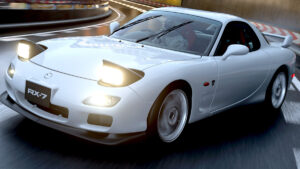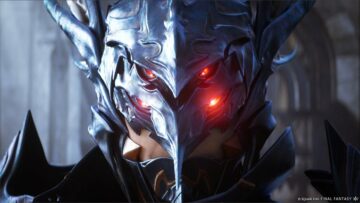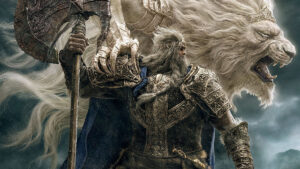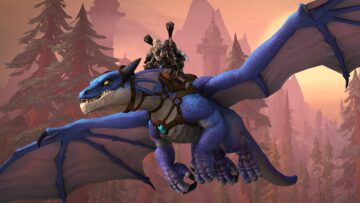
Immersion is easily virtual reality’s biggest strength over what you might call flat gaming. When done well, VR can whisk us away to familiar worlds, storybook fantasies, a galaxy far far away, even the mountainside for a quick spot of climbing. Putting players directly inside these 360 degree spaces, there’s an utter joy to the medium that can’t be recreated on a TV or PC monitor. Often, that hinges on intuitive use of motion controls – and in VR, hand movement is integral.
Some VR games support traditional controllers but, honestly, they’ve never done the format justice. Direct hand and finger tracking is promising yet limited, making motion controls an adaptable middle ground. While they can’t replicate our exact hand, grip and trigger buttons add significant physicality when holding objects. But this poses another problem. With games using the same controllers for object interaction, how do you convey object weights differently? Picking up items is one thing, throwing them accurately is another.
Following the release of several physics-based VR games like Boneworks, I was curious to learn more, so I spoke to two developers. The first is Immersion Games, the developers of Disc Ninja, where I spoke to CEO Bartosz Rosłoński. Presently, his team is working on a major update to Disc Ninja’s “flight and throwing model,” letting them expand the game’s arsenal of throwable objects. After that I spoke to Tunermaxx’s Kalle Max Hofmann, the game director for Rainbow Reactor: Fusion, an expanded version of Rainbow Reactor. Currently the team’s developing Snow Scout, which utilises a “physics-based approach.”
- Another
- approach
- Arsenal
- Biggest
- boneworks
- call
- ceo
- developers
- developing
- direct
- Director
- Expand
- First
- flight
- format
- Galaxy
- game
- Games
- Gaming
- How
- HTTPS
- i
- immersion
- interaction
- Justice
- LEARN
- Limited
- major
- Making
- medium
- model
- Monitor
- more
- movement
- Oculus
- PC
- players
- Reality
- release
- s
- significant
- So
- spaces
- Spot
- support
- Team
- The
- Thinking
- Tracking
- traditional
- tv
- Update
- us
- version
- Virtual
- Virtual reality
- vr
- VR games
- What
- working
- Worlds











